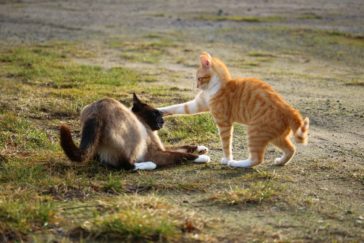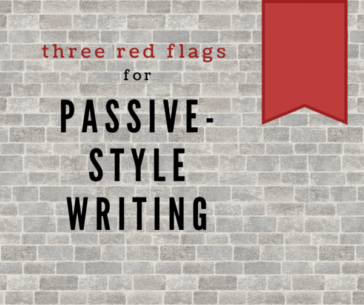What Every Book That Matters Must Have
Whether it’s a 100 word picture book or a 100,000 word scholarly novel. To create a book that matters for any age reader—from 2 to 92—there are four things it must include. I call these the 4Hs of writing: heart, hurt, hope and humor. Let’s look at each one. Heart By heart I don’t mean sweetness or love. I mean a revealing and reveling in what it means to be human. Heart is the stripping away of artifice to see … Read More »






